Striking The Right Chords: Crafting Dynamic Flute Choir Arrangements
by Heidi Álvarez
The NFA Flute Clubs Committee, chaired by Kelly Sulick, hosted a panel discussion in which composers and arrangers discussed considerations and solutions to common pitfalls when arranging music for flute ensembles. Panelists, all of whom play flute, were Nicole Chamberlain, who also designs web sites and teaches; Daniel Dorff, a saxophone doubler and marketing director of Theodore Presser Publications; Matt Johnston, a clarinetist and the owner of ALRY Publications; Daniel Kessner, retired professor of composition; and Phyllis Avidan Louke.
With Sulick moderating, discussions centered around how to select a piece that would work well as a flute choir arrangement; how to determine voicing, and how this affects blend; copyright considerations; how to publish and promote finished products; and more.
Among suggestions offered by various panelists:
Be simple at first and start with four-part arrangements of hymnals. For arrangements of folk songs, start simply with block scoring and embellish afterward. Be aware of artistic excitement vs. practicality, and find a middle ground. ISMLP is your friend! It is a good source for free material, and there is now an app for it.
Alto and bass should not be left out of the party; include them in reiterations. Piccolo is also beautiful for lyrical lines. Spread it around so the entire group feels involved. Write in a comfortable range for the instrument. Write for optional parts, e.g. a substitute for a second alto that can be played on the C flute. There are dead zones in registers such as E flat, E, and F in the second octaves; write in an octave that projects better.
Physically play through each part separately to learn about what it’s like to play various parts of your ensemble. Pretend you are dead and no one will be able to talk to you about your piece; be specific for a clear, accurate performance down the road. Ask for criticism and be open to various perspectives; have an open mind and an open heart. Proofread, proofread, proofread; it’s important and it’s hard, but get it as right as you can the first time.
After speaking together, panelists moved to separate areas for a 20-minute breakout session to meet with aspiring composers individually. Participants brought ideas and scores in progress.
The Panel
Left to Right: Kelly Sulick moderator, Phyllis Louke, Daniel Dorff, Matt Johnston, Nicole Chamberlain, Daniel Kessner
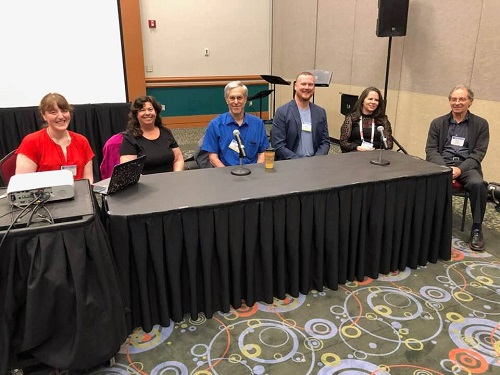
The Breakout Session
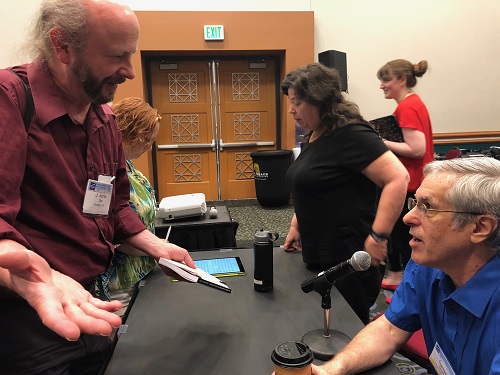
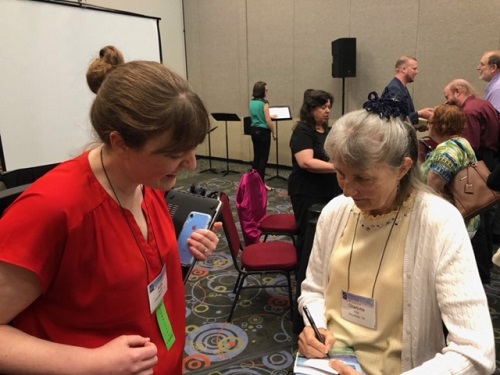
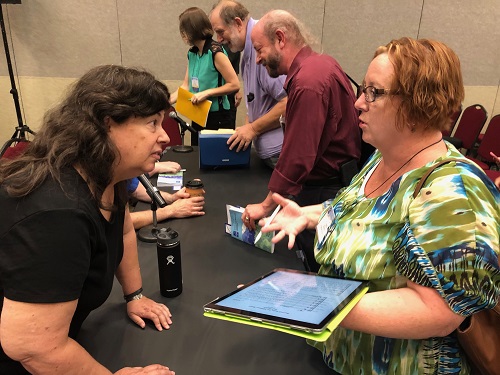
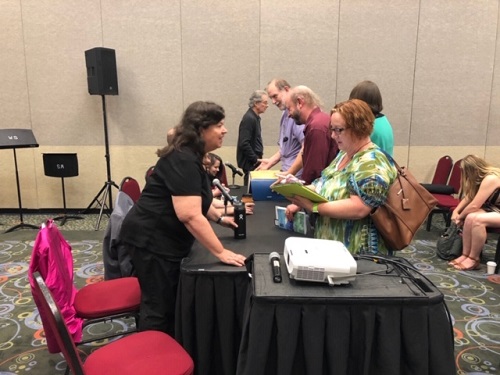
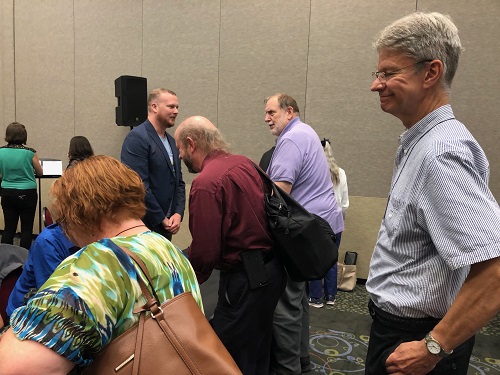
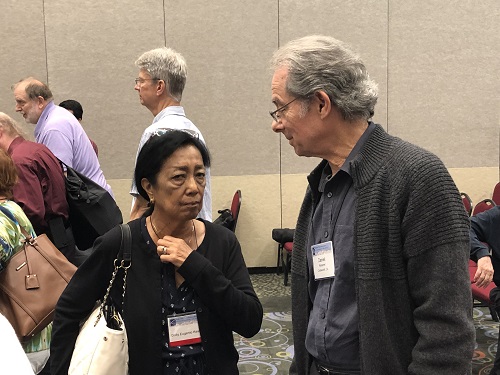
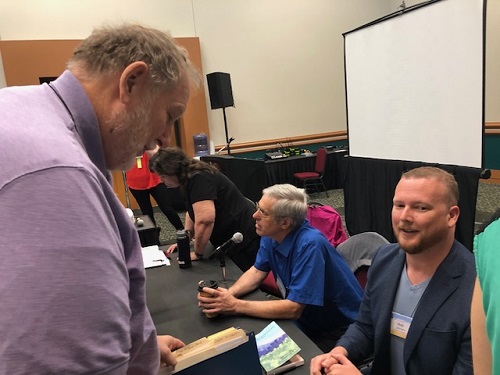
- Convention
- Scholarships & Competitions
- Resources & Publications
- Programs
-
Committees
- About Our Committees
-
Committee Webpages
- Career and Artistic Development Committee
- Flute Clubs Committee
- Global Flutes Committee
- Historical Flutes Committee
- Idea Committee
- Jazz Flute Committee
- Low Flutes Committee
- New Music Advisory Committee
- Pedagogy Committee
- Performance Health Care Committee
- Research Committee
- Special Publications Committee
- NFA Committees Blog
- Committee Web Presence Guidelines
- Giving
- About
- Community
- PayPal
- United States Armed Forces Ensemble